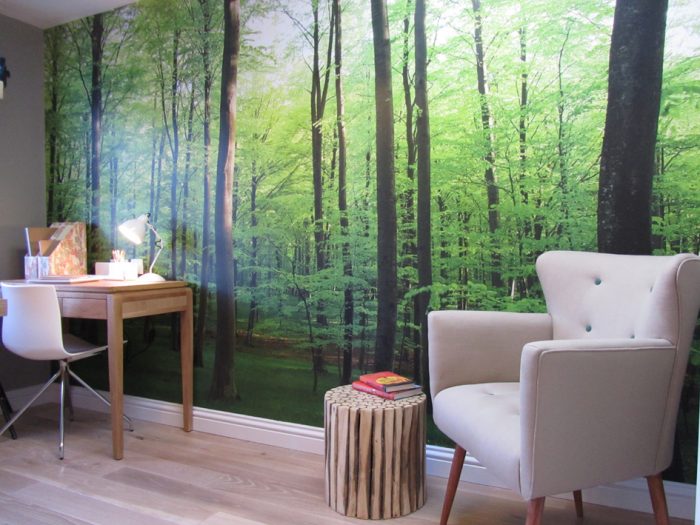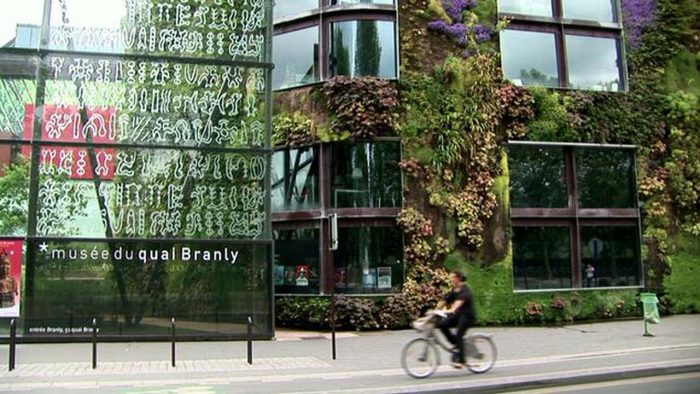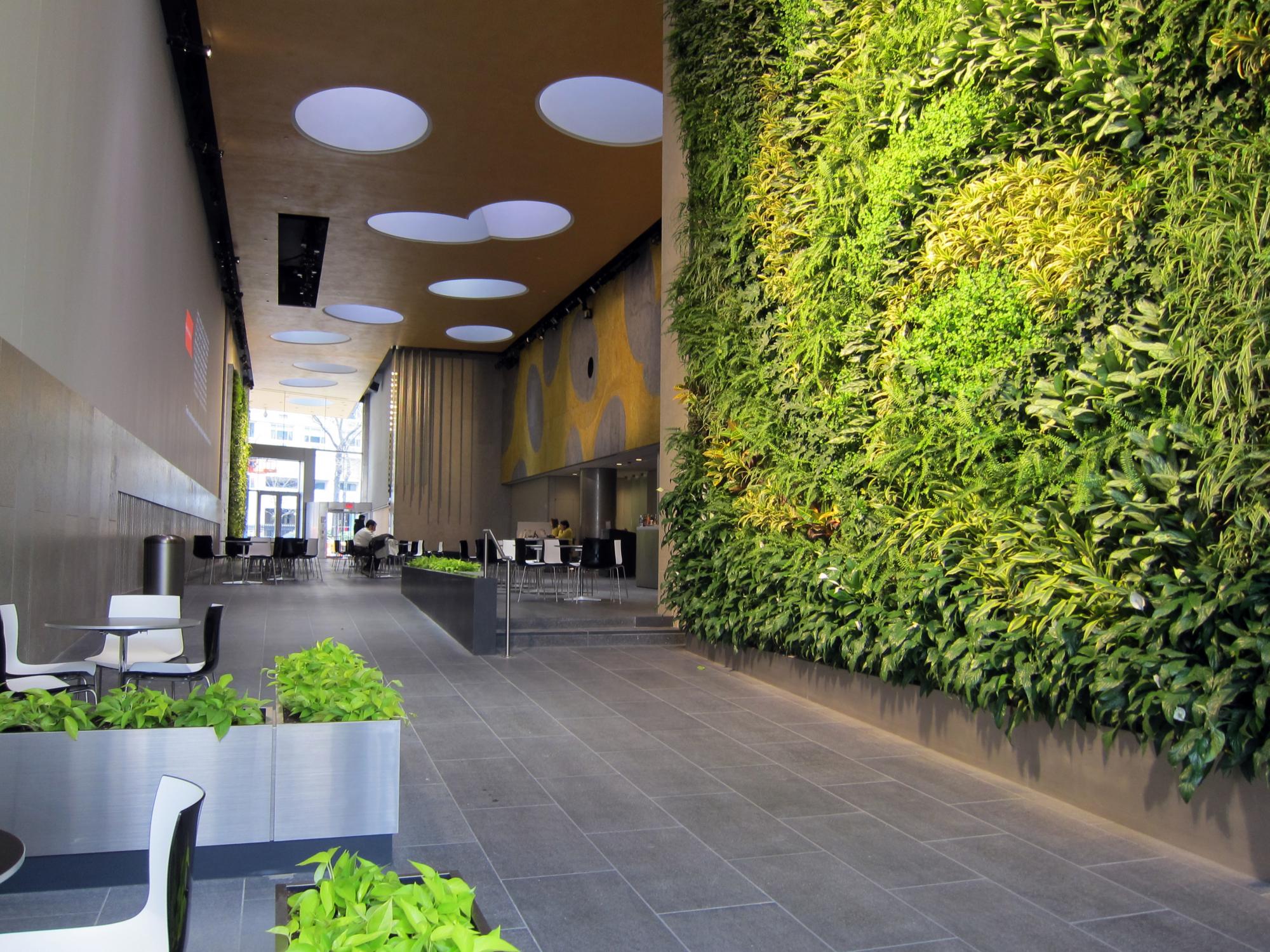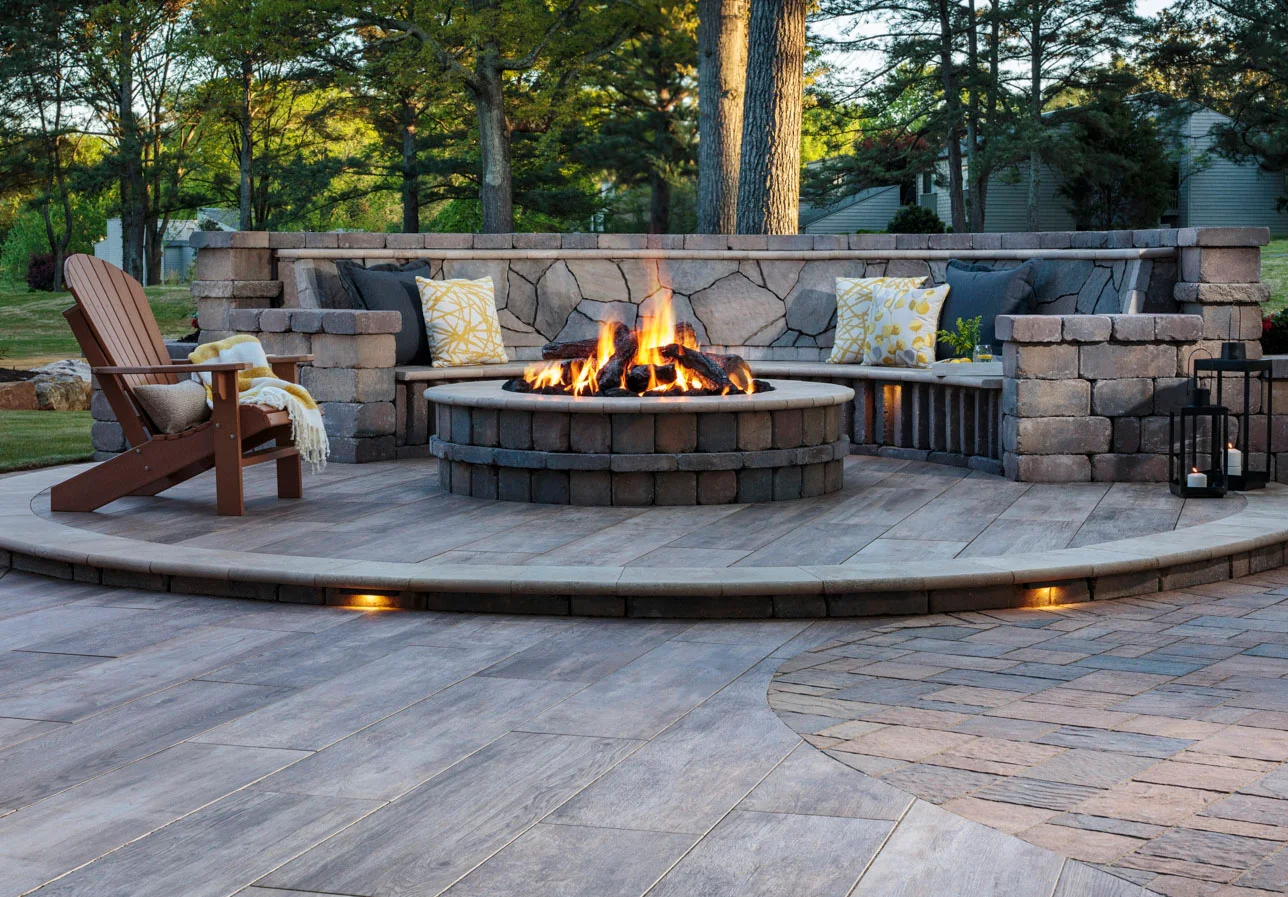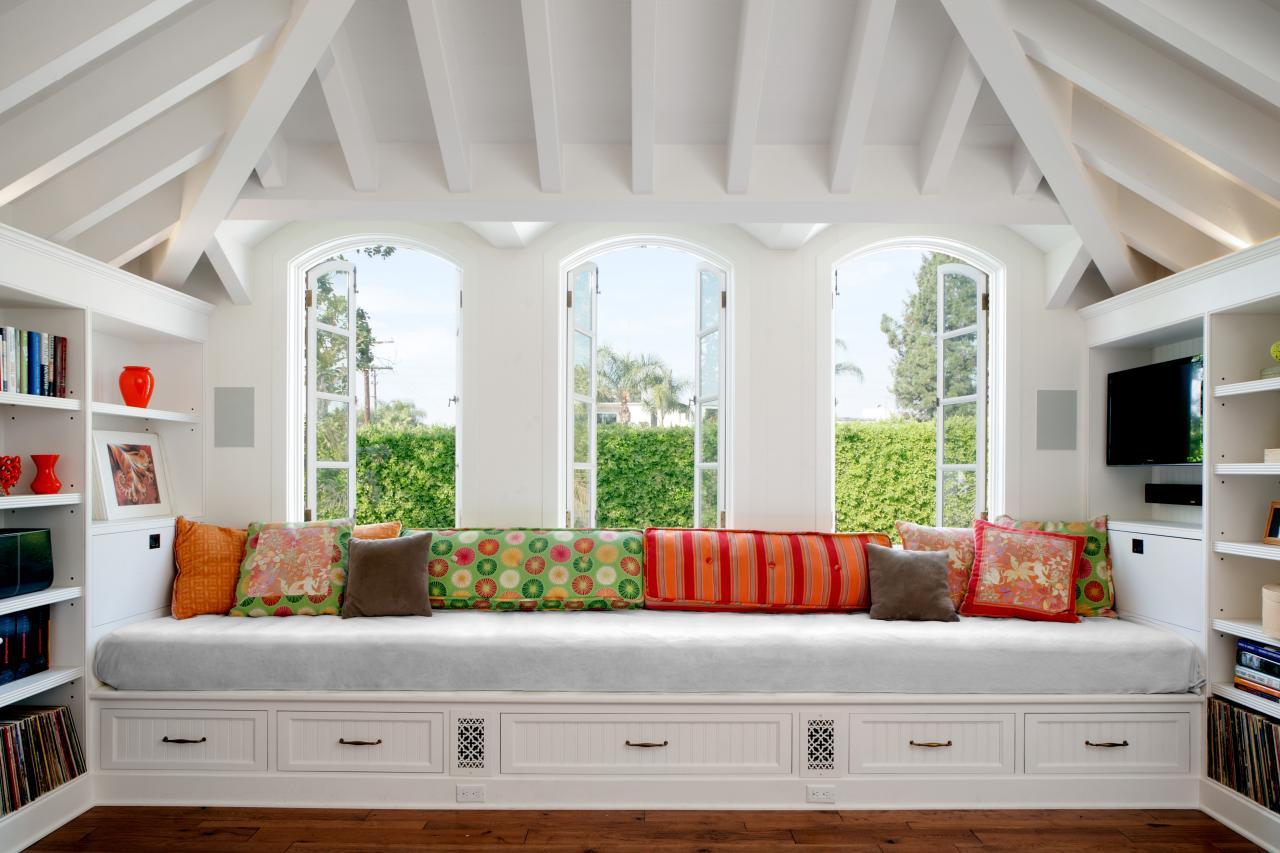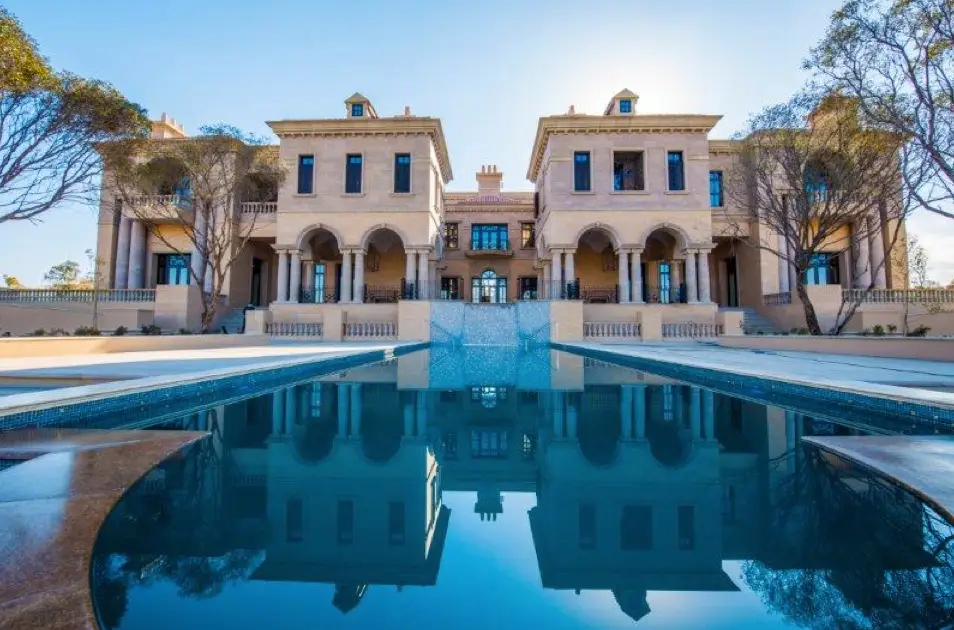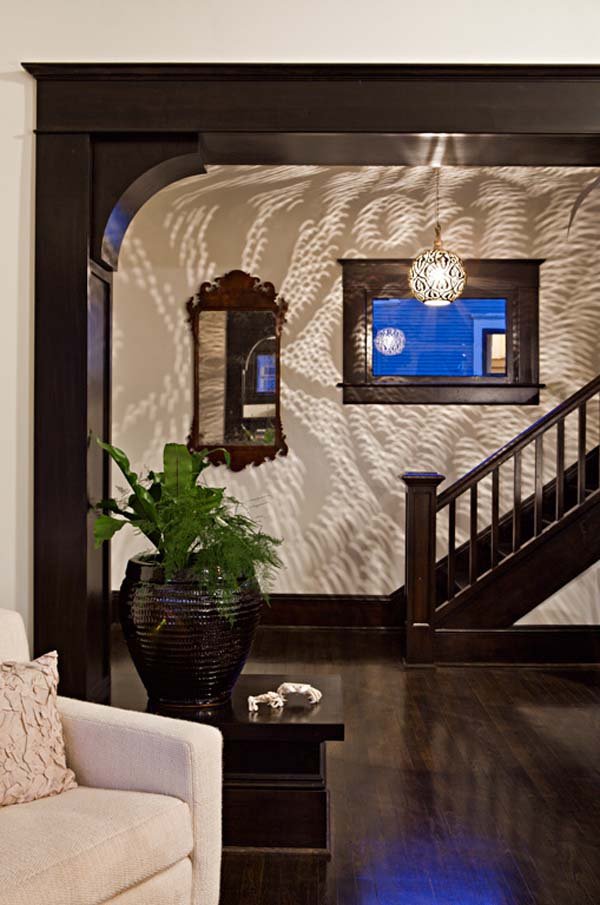Biophilic Design is a trend that’s a marriage of functional design with nature. Of course, you have seen this design. You may have marveled at the beauty. However, you may not have considered the thought process of the design.

This design is common in public places. In fact, you’ll find this in hospitals, office buildings, and universities.
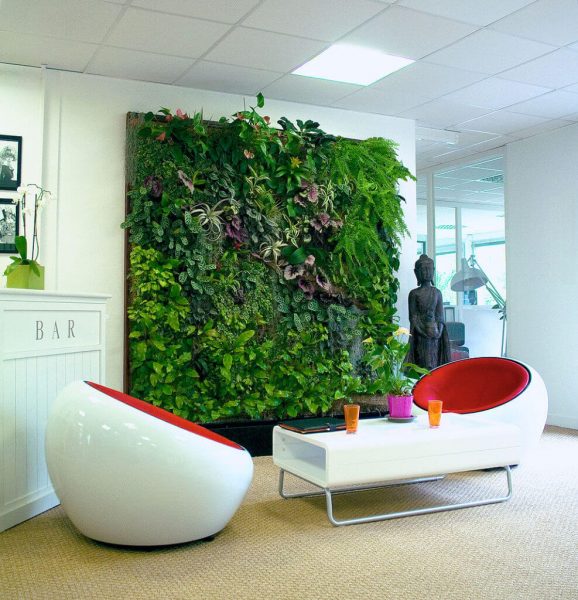
Of course, humans long to bond with nature. This is a natural human desire. This is why we lift our face to feel the sun on our cheeks. In addition, it’s why we love our parks. It’s why we flock to green spaces in our free time.
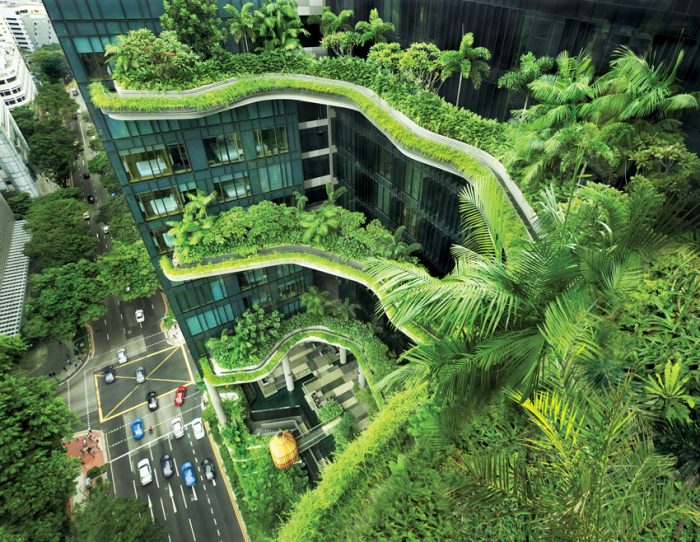
Biophilic design brings nature into the city. In fact, humans have only recently turned into city dwellers. Our ancestors farmed, hunted, and lived off of the land. This design trend allows us to hang on to that connection.
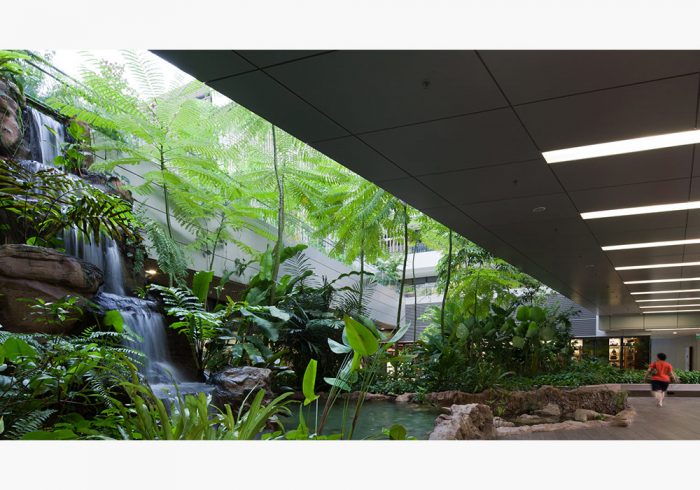
Designers choose nature-inspired decor. They use lush, green plants. In addition, water features are common. Finally, they choose natural stone accents. Visitors to these buildings are amazed at the result.
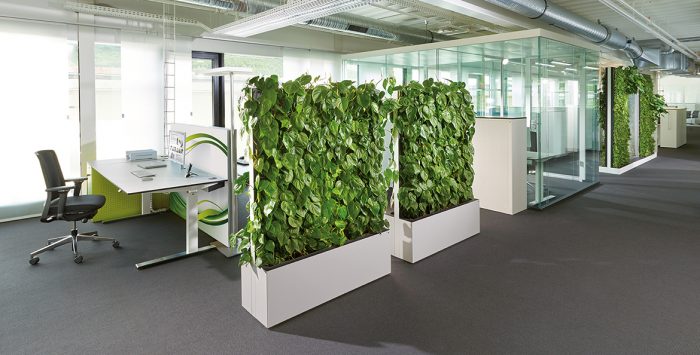
This style offers health benefits. Of course, green plants help to clean the air. We feel refreshed by the vibrant colors. In fact, workers in these spaces state they’re happy with their jobs.
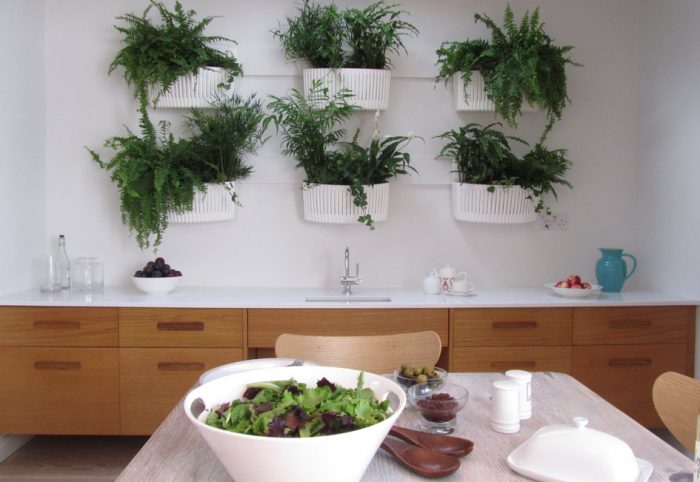
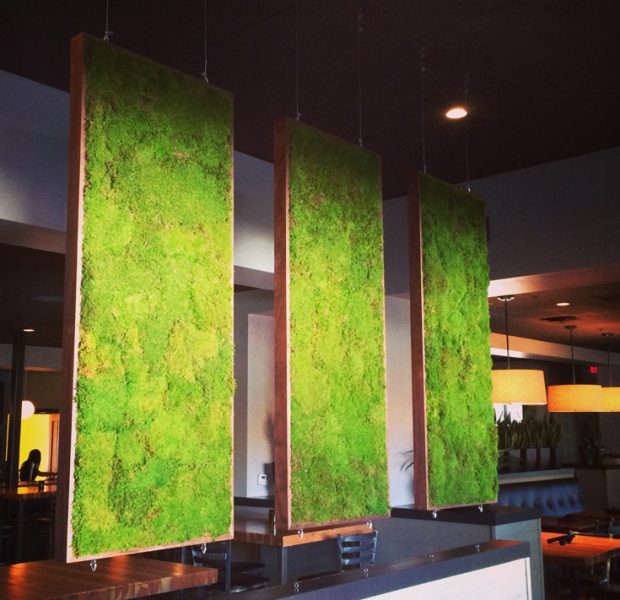
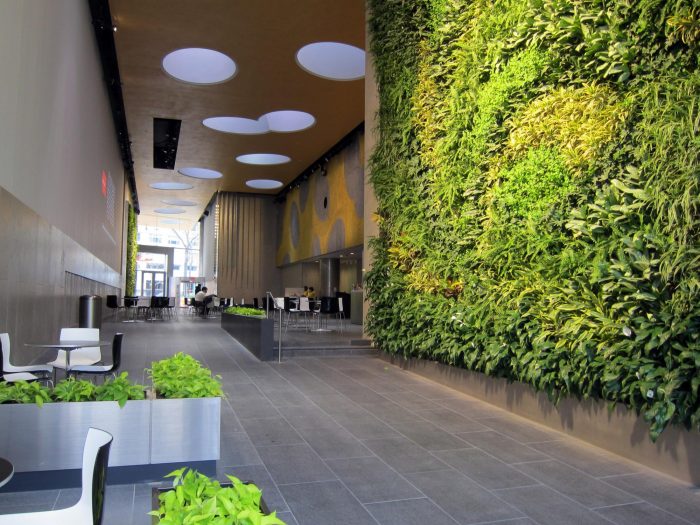
Finally, remember to look around you. The next time you visit a public building, you’ll probably see biophilic design at work. The more urban our lifestyles become, the more important this style will become to us.
